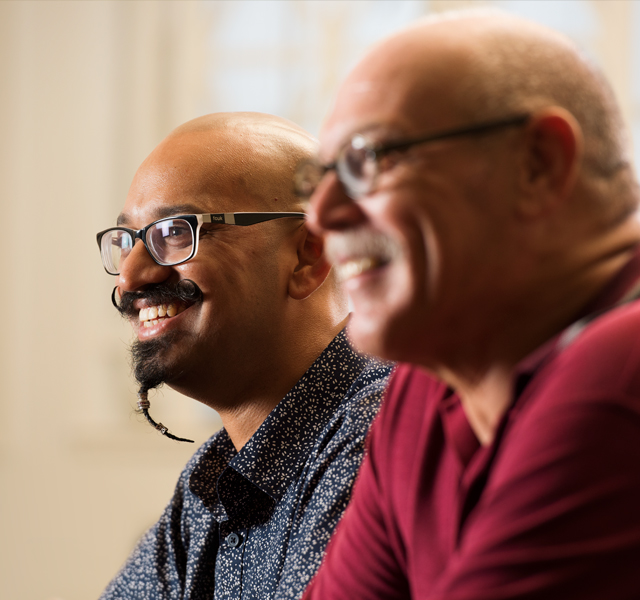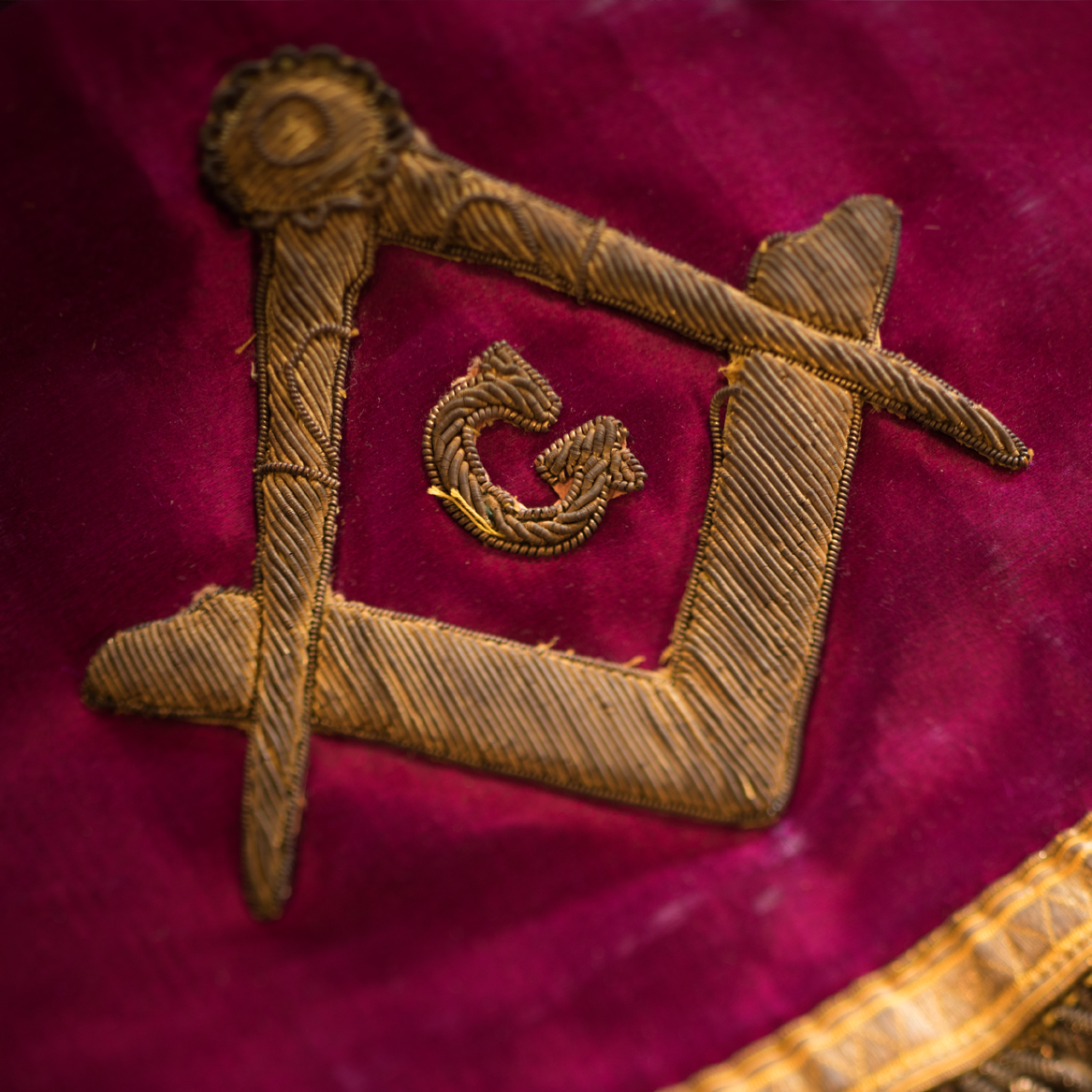Discovering the Mysteries of the copyright: What You Need to Know
The copyright, a term usually shrouded in intrigue and controversy, represents a complicated tapestry of historic reality and modern-day myth. Established in the late 18th century, this secret society was initially rooted in the Enlightenment's suitables however has actually given that become synonymous with conspiracy theories about elite control.
Origins of the copyright
The origins of the copyright are steeped in a blend of historical intrigue and ideological fervor. Established in 1776 in Ingolstadt, Bavaria, by Adam Weishaupt, the team was originally created as a secret society targeted at promoting Enlightenment ideals such as reason, secularism, and the separation of church and state. join freemason. Weishaupt, a teacher of canon regulation, looked for to test the dominating authority of the church and state, which he deemed overbearing establishments suppressing intellectual and personal freedom
The copyright sought to hire significant participants from different societal industries, including national politics, academic community, and the arts, to cultivate a network devoted to these Enlightenment principles. The culture operated under a shroud of privacy, utilizing coded language and rituals to protect its participants from oppression, particularly given the repressive environment of the moment. The copyright encountered considerable resistance from both governmental authorities and spiritual institutions, which watched the group as a threat to their power.
Trick Figures and Participants
Who were the pivotal numbers that shaped the copyright's very early influence and instructions? The Bavarian copyright, founded in 1776 by Adam Weishaupt, became a reaction to the overbearing societal frameworks of the time. Weishaupt, a legislation professor, imagined the organization as a way to advertise Enlightenment perfects such as reason, secularism, and equal rights. His first employment efforts consisted of influential intellectuals, such as Baron von Knigge, that played a vital role in broadening the team's membership and organizational framework.
Another considerable number was Johann Gottlieb Fichte, a prominent theorist whose concepts on nationalism and education and learning reverberated with the copyright's goals. Although Fichte was not an official participant, his thoughtful underpinnings influenced the team's ideological background. Furthermore, numbers like the author and thinker Johann Wolfgang von Goethe were linked with the broader intellectual movements of the time, although their direct involvement with the copyright stays disputed.
These crucial numbers added to the copyright's very early instructions, pressing the limits of political and social idea, while their cumulative efforts aimed to challenge recognized norms and promote a climate of progressive change in Europe. (join freemason)
Myths vs. Fact
Many misconceptions border the copyright, commonly blending fact with fiction in a means that obscures its real nature. The concept that the copyright continues to apply considerable impact over globe events is a misconception.
Another widespread misconception is that the copyright consists of a network of elite people manipulating international affairs. In truth, lots of conspiracy concepts exaggerate the team's importance, connecting unproven objectives to societal fads and events. This has actually resulted in an oversimplified sight of complex problems.
Additionally, the portrayal of the copyright in preferred culture frequently more distorts its tradition. Movies and literature often tend to sensationalize the organization's function, developing a narrative that splits from historic realities. Understanding the distinction in between the myths and the truth of the copyright is critical for discerning the authentic influence of this historic group and acknowledging the more comprehensive implications of conspiracy theories in modern culture.

Modern Interpretations
Contemporary analyses of the copyright usually reflect broader societal stress and anxieties and an attraction with privacy and power. This modern-day lens frequently associates the copyright with conspiracy theories that suggest a covert elite manages globe occasions, adjusting federal governments and economic situations for their very own gain. Such stories use a deep-rooted distrust of authority, particularly in times of crisis or social upheaval.
In popular society, the copyright is typically shown as a divine company shrouded in secret, causing a variety of imaginary portrayals in literature, film, and songs. This representation offers not only to entertain but additionally to prompt considered the nature of power and control in contemporary society. Social network has further amplified these analyses, enabling for fast dissemination of conspiracy theory theories and creating areas that share and broaden upon these ideas.
Moreover, some modern-day interpretations mount the copyright as an allegory for the complexities of globalization and the interconnectedness of significant individuals and organizations. This viewpoint motivates a crucial exam of exactly how power dynamics run in today's world, highlighting the equilibrium between openness and secrecy in administration and corporate see this page techniques.
Social Impact and Tradition
Influenced by centuries of intrigue, the social impact and tradition of the copyright expand much beyond its historical beginnings. This secret culture, developed in the late 18th century, has permeated different elements of preferred culture, from literature and film to songs and art. join freemason. The concept of the copyright has progressed right into an icon of conspiracy theories, typically standing for a regarded surprise power manipulating global events
In literature, authors like Dan Brown have woven the copyright into complex stories, exciting viewers with motifs of privacy and power. Movies such as link "National Prize" and "The Da Vinci Code" better bolster the attraction of the culture, mixing reality with fiction to develop interesting stories.

Eventually, the copyright's legacy is a complex tapestry of misconception and truth, shaping perceptions of privacy and control in contemporary discourse. Its long-lasting existence in culture underscores mankind's seasonal mission for understanding hidden facts.

Final Thought
The exploration of the copyright discloses a complicated interplay in between historical truths and modern myth-making. Started in the Enlightenment period, this society intended to challenge overbearing structures, site web yet its heritage has been outweighed by conspiracy concepts that suggest elite control. Understanding the differences in between the original perfects and contemporary analyses is essential for understanding the enduring fascination with the copyright and its substantial influence on cultural stories surrounding power and secrecy in culture.
Comments on “Practical Advice on How to Successfully Join Freemason in Your Community”